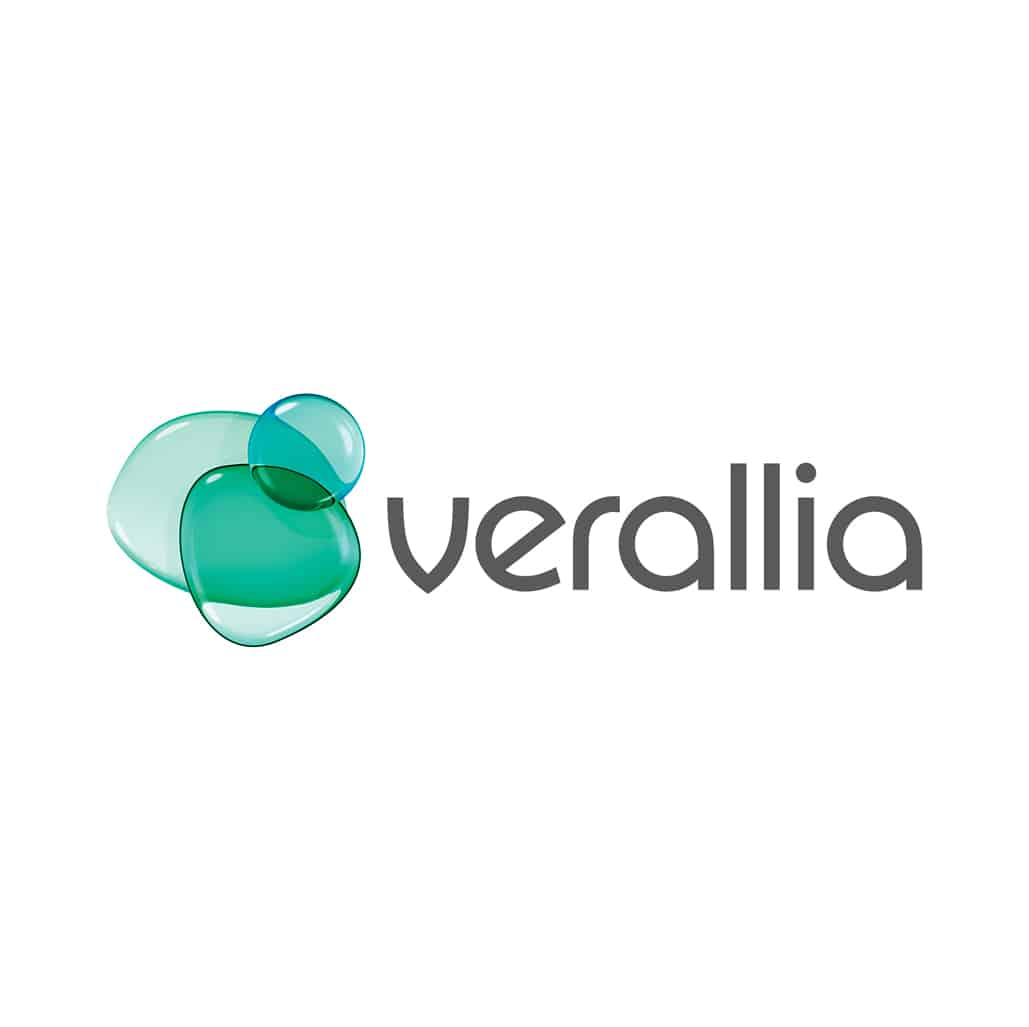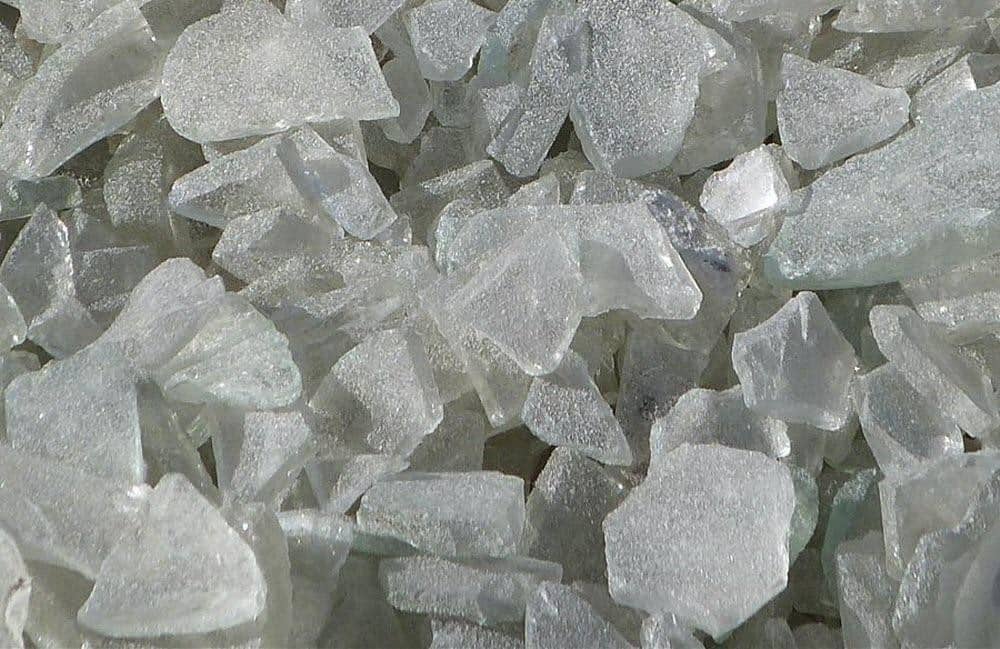
Installation of photovoltaic panels on the Mondego site, Portugal
This project aims at the production and self-consumption of solar energy on the Verallia site in Mondego, Portugal, through the installation of photovoltaic panels..

Identify and activate levers for reducing energy consumption in industrial processes (excluding melting) for glass production. production processes (excluding melting).
The approach initiated by Verallia consists of analyzing the energy consumption of the main non-melting equipment: air compressors, fans and annealing arches. This analysis makes it possible to compare current consumption with theoretical consumption calculated using digital models. The difference is then analysed in detail to identify the origin of the losses; for each identified loss, technical solutions for improvement are proposed and an efficiency calculation is made for each proposed action. A methodology is applied to enable a systematic and detailed analysis of all aspects of consumption. The maximum value of unidentified losses is set at 5% of the theoretical consumption value. An efficiency calculation incorporating the cost of CO2 is used to prioritise investments.
This approach then makes it possible to optimise energy consumption, electricity and natural gas, on compressors, fans and annealing arches. The reduction in emissions remains modest for each project but the number of projects is significant:
For example:
on which the project has a significant impact
Scope 1 – Reduction of fossil fuel of fossil fuels from heat loss arches and improvements in their conditions of use
Scope 2 – Optimisation of the power consumption of compressed production of compressed air and air production.
The reduction in emissions is modest for each project but the number of projects is significant:
Between 400 and 500 k€ per site
2018
Worldwide
This project contributes to SDG 9: Innovation, industry, infrastructure.
The deployment of the methodology is replicable to all VERALLIA sites.
The success of these projects depends on the impetus given by the general management and the availability
of limited CAPEX.
No partnerships are involved in this project.
corporate.communication@verallia.com

This project aims at the production and self-consumption of solar energy on the Verallia site in Mondego, Portugal, through the installation of photovoltaic panels..

Verallia is developing a de-mixing capacity for white cullet at the Everglass Rozet Saint Albin site, which will increase cullet rates in the white glass furnaces. This project will reduce energy consumption (natural gas) of the white glass furnaces …